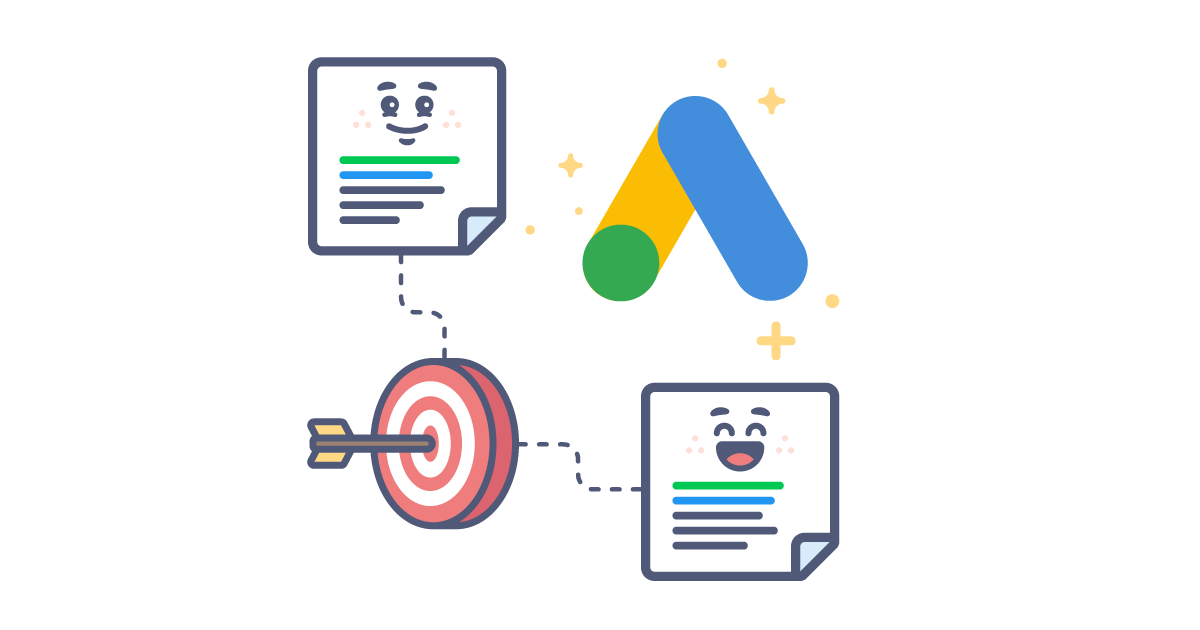In the realm of digital advertising, success isn’t just about creating captivating ads; it’s equally, if not more, about reaching the right audience.
Ad targeting options are the tools that allow you to precisely pinpoint your desired audience, ensuring that your message resonates with those who are most likely to engage and convert.
In this article, we will delve into the world of ad targeting options, providing a comprehensive guide on how to use them effectively to optimize your advertising campaigns.
Why Are Ad Targeting Options Important?
Ad targeting options are vital because they enable you to maximize the efficiency and effectiveness of your advertising campaigns. Here’s why they matter:
- Cost-Efficiency: Targeting the right audience reduces ad spend on users who are unlikely to convert, improving your ROI.
- Relevance: Reaching a specific audience ensures that your message is relevant and resonates with the people who see your ads.
- Improved Click-Through Rates (CTR): Targeting options increase the likelihood of users clicking on your ads because the content is tailored to their interests and needs.
- Better Conversion Rates: The more precise your targeting, the higher the chances of converting leads into customers.
- Reduced Ad Fatigue: Effective ad targeting prevents users from seeing the same ads repeatedly, which can lead to ad fatigue.
Ad Targeting Options: A Comprehensive Guide
- Demographic Targeting: Target users based on demographics such as age, gender, income, education, and marital status. This is fundamental for narrowing down your audience.
- Geographic Targeting: Specify the geographic locations where you want your ads to appear, from country-level to city or even a specific radius around a physical location.
- Behavioral Targeting: Reach users based on their online behavior, including browsing history, website visits, and past online interactions.
- Interest-Based Targeting: Target users who have expressed an interest in specific topics, products, or services, allowing you to tap into their existing interests.
- Contextual Targeting: Place ads on websites or within content related to specific keywords or topics, ensuring your message is contextually relevant.
- Device and Platform Targeting: Select the devices (e.g., desktop, mobile) and platforms (e.g., Android, iOS) where your ads will appear.
- Remarketing/Retargeting: Target users who have previously interacted with your website or ads, re-engaging potential customers who are already familiar with your brand.
- Lookalike Audiences: Create audiences that resemble your existing customer base, allowing you to expand your reach to users who share similar characteristics with your current customers.
- Custom Audiences: Upload customer data (e.g., email addresses) to the advertising platform, which then matches this data with user profiles to create a custom audience.
- Time and Dayparting: Schedule your ads to appear at specific times and on certain days to maximize exposure during peak periods.
- Connection Targeting: Target users based on their connection status with your brand, such as those who like your Facebook page or have engaged with your app.
- Life Events Targeting: Reach users who are experiencing significant life events, such as weddings, new jobs, or relocations.
- Language Targeting: Choose the language in which your ads are displayed to ensure your message is understood by your target audience.
Tips for Effective Ad Targeting
- Know Your Audience: Develop detailed buyer personas to understand your audience’s demographics, interests, and behaviors.
- Test and Iterate: Regularly test different targeting options to see what works best, and adjust your campaigns accordingly.
- Combine Multiple Targeting Options: Use a combination of targeting options to create highly specific audiences for different campaigns.
- Monitor and Optimize: Continuously monitor your campaigns and make data-driven optimizations to improve performance.
- Stay Updated: Advertising platforms often introduce new targeting options and features. Stay informed and adapt your strategies accordingly.
Conclusion
Effective ad targeting is the cornerstone of successful advertising campaigns. By understanding the various ad targeting options available and implementing them strategically, you can reach the right audience, increase engagement, and ultimately drive the success of your advertising efforts.






